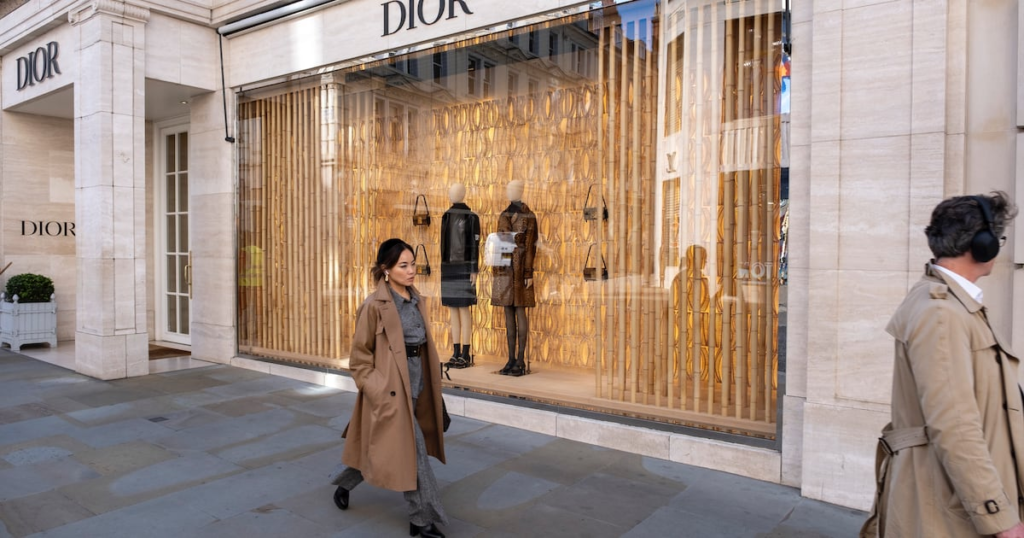Luxury brands want shoppers to think of themselves as purveyors of uniquely crafted masterpieces. it’s not. Major luxury brand companies sell millions of units each year while employing many powerful strategies to maintain the perception of exclusivity.
Production costs are important in mass production businesses, and every euro more or less can have a significant impact on profits. Luxury brands go to great lengths to minimize production costs by leveraging layers of subcontractors, risking poor quality and associations with sweatshop labor.
At the same time, prices have soared.
Fueled by rising income and wealth inequality that began in the 1980s, luxury goods prices have risen by about 5% to 7% a year for more than 50 years, or about twice the rate of the broader consumer price index. Then came the new coronavirus infection.
For the past three years, price increases have been well above the long-term average, reaching double digits annually. Brands like Dior and Chanel led this escalation, but most brands followed suit.
During the pandemic, top players not only doubled their revenue but also increased their profit margins by more than 600 basis points. There were several factors contributing to the margin expansion, including repatriation of Chinese nationals and the brand’s ability to grow revenue with a retail network of similar size.
But price increases that far outpaced inflation significantly boosted profit margins. And the jury is out on how long this effect lasts. Luxury goods face increasing value for money issues as consumers recover from the post-pandemic boom. Brands need to take action on three fronts:
1. Creativity: Luxury brands were overwhelmed by the avalanche of demand following the pandemic. Keeping up with this demand would be extremely busy, so it’s no wonder they didn’t think they needed to change much of what they were doing. But as demand slows, it’s important for brands to surprise consumers and give them new reasons to part with their money. This is largely born out of creativity, and we are at the beginning of an important round of designer music chairs.
2. Quality: There’s a lot of talk in the luxury industry about quality craftsmanship. Those who want to overcome the issue of value for money will need to put their money where their mouth is, so to speak. This will require further upstream integration, including further acquisitions of suppliers with unique skills, and a focus on sourcing the best of the best raw materials. Hermès, LVMH and Richemont are already on this path. Will others follow?
3. Pricing: Excessive price increases have driven aspiring middle-class consumers away from top brands’ flagship products. This is especially true for handbags, which have become virtually impossible to find in regular sizes from reputable brands for less than $3,000. Megabrands have the ability to sell products such as shoes, beauty products, and eyewear to these consumers at lower prices. However, in an environment of slower growth, we believe that mega-brands also need to ensure that the entry-level price point of their core products is sufficiently affordable. We believe that if we do not do so, we risk losing a significant portion of our demand, which is largely unaffordable in the current environment. .
Luca Sorca is Bernstein’s head of luxury goods research.



